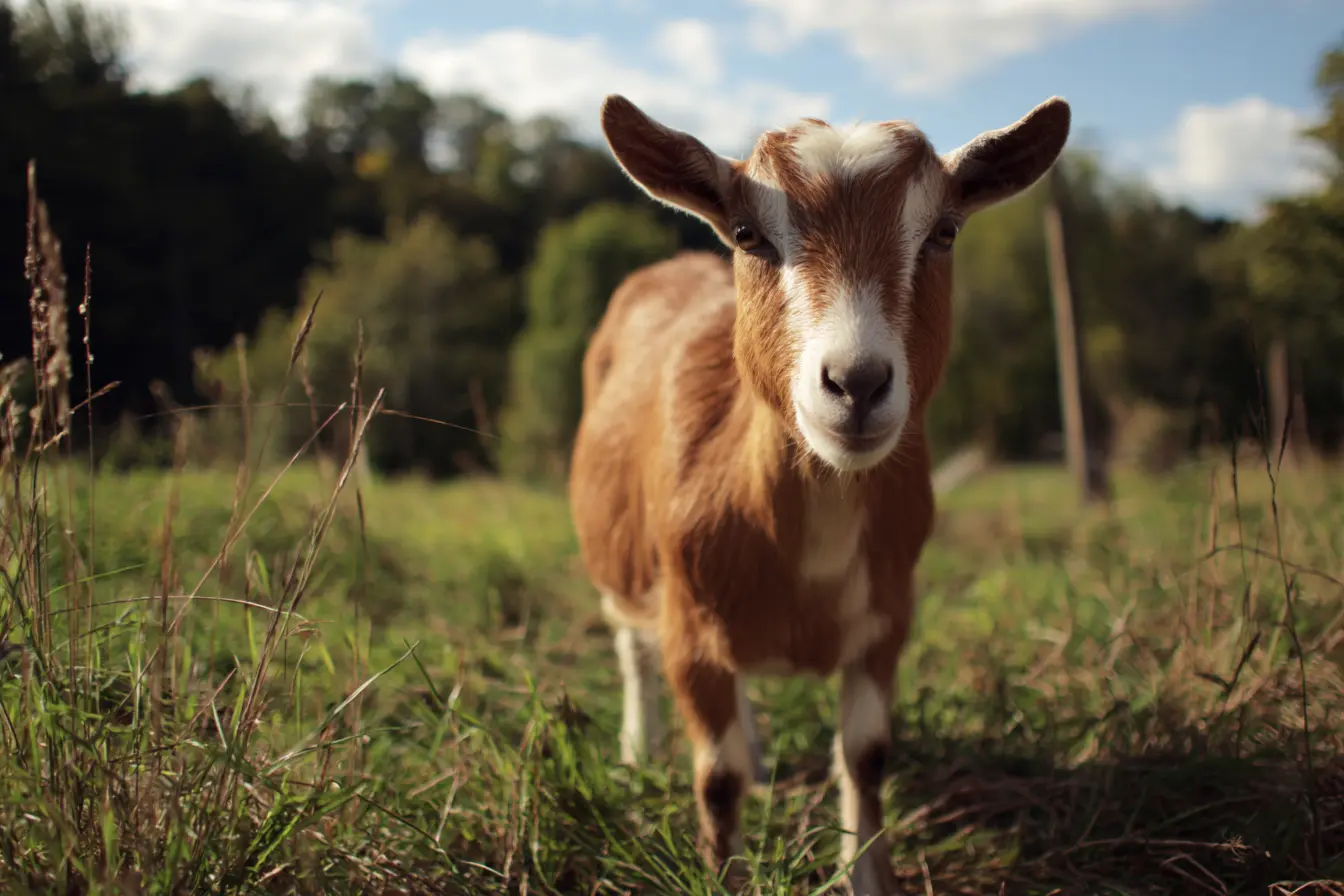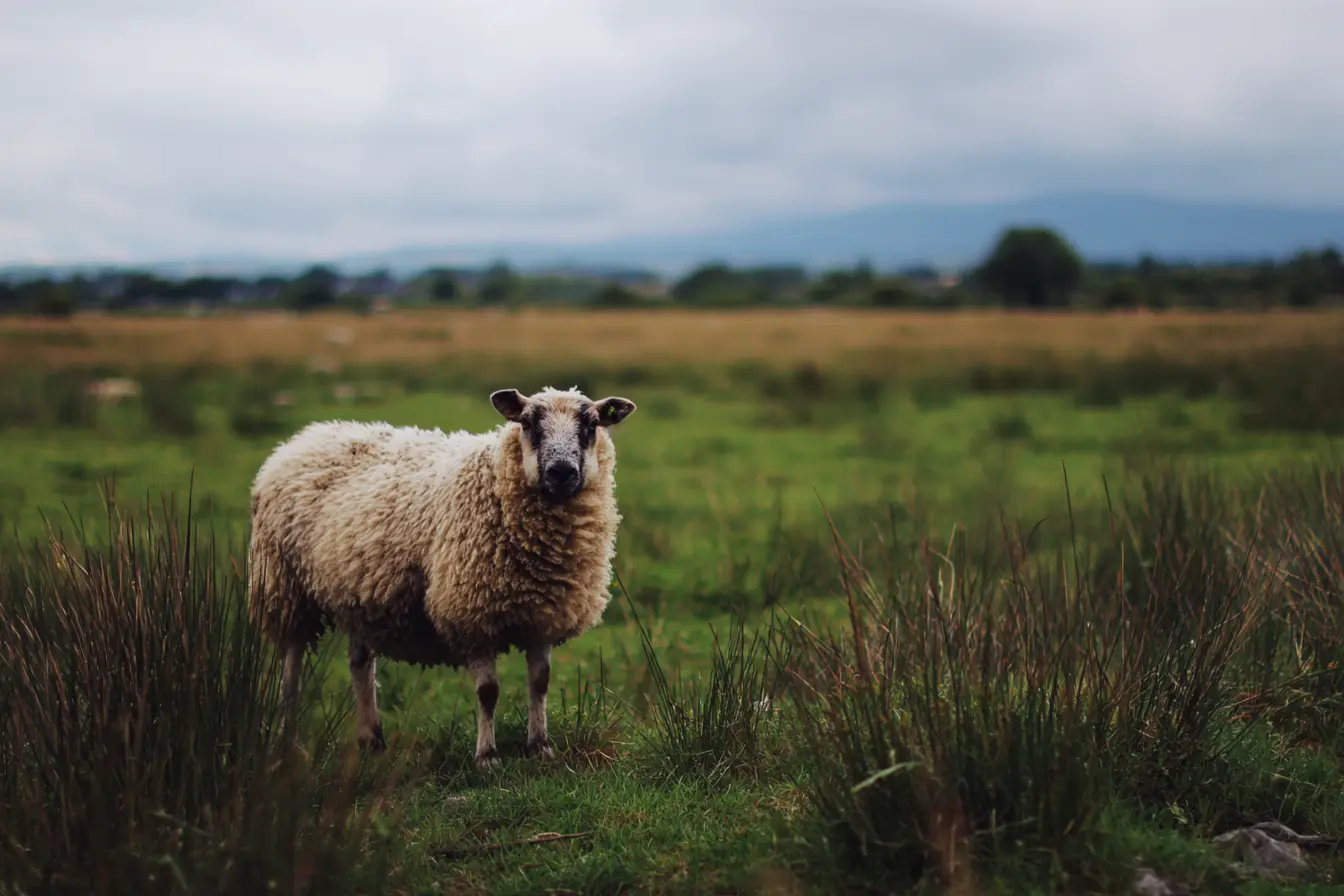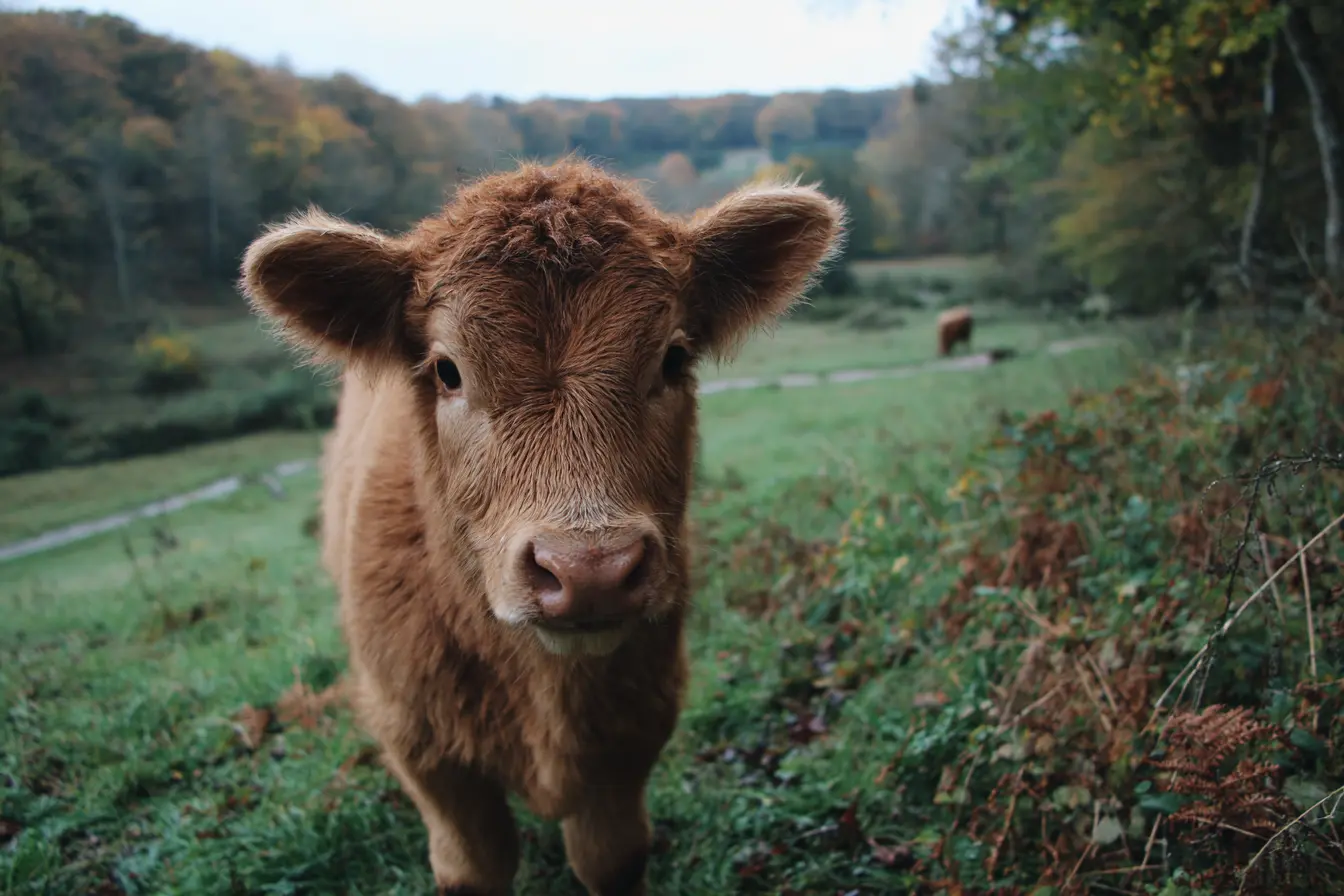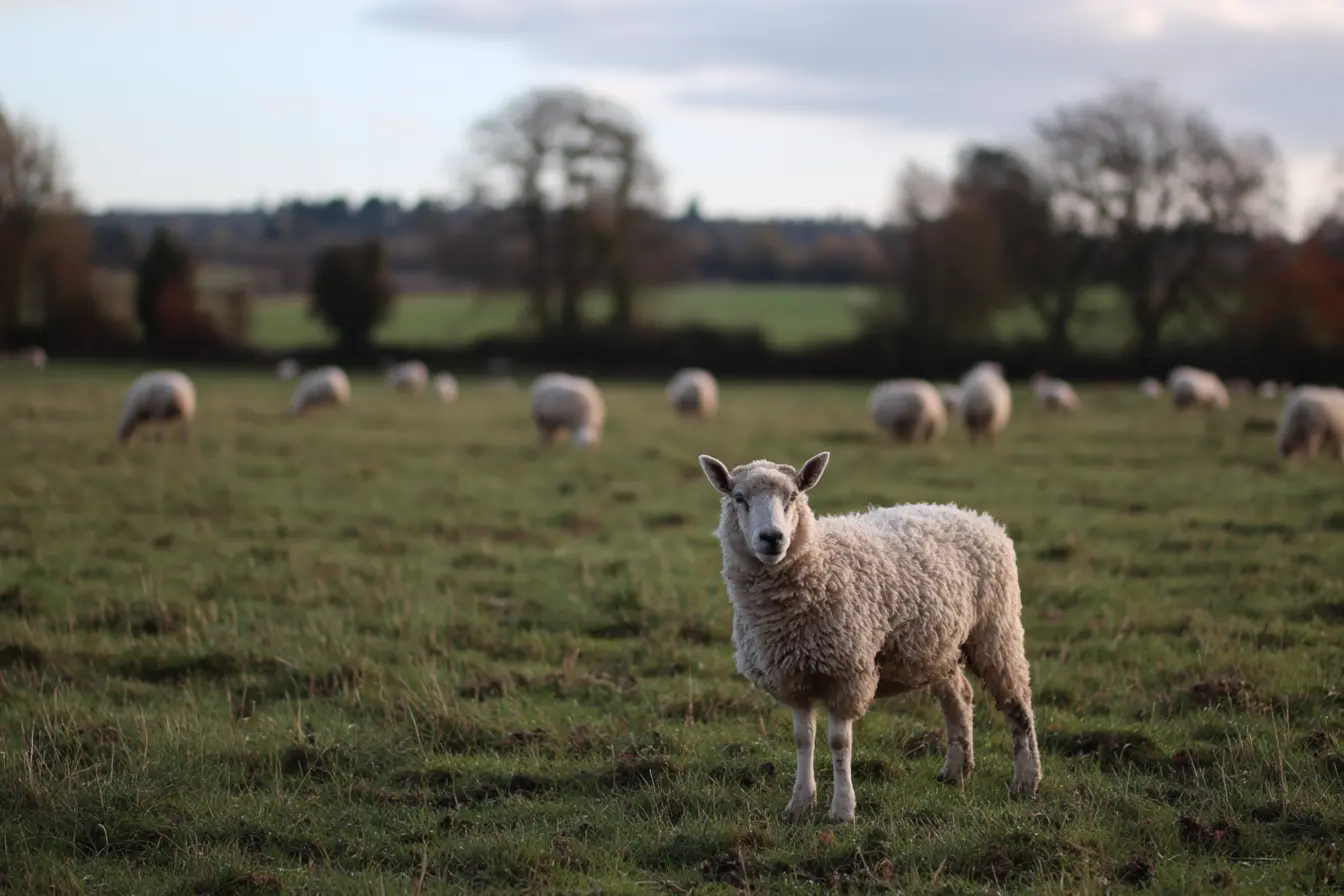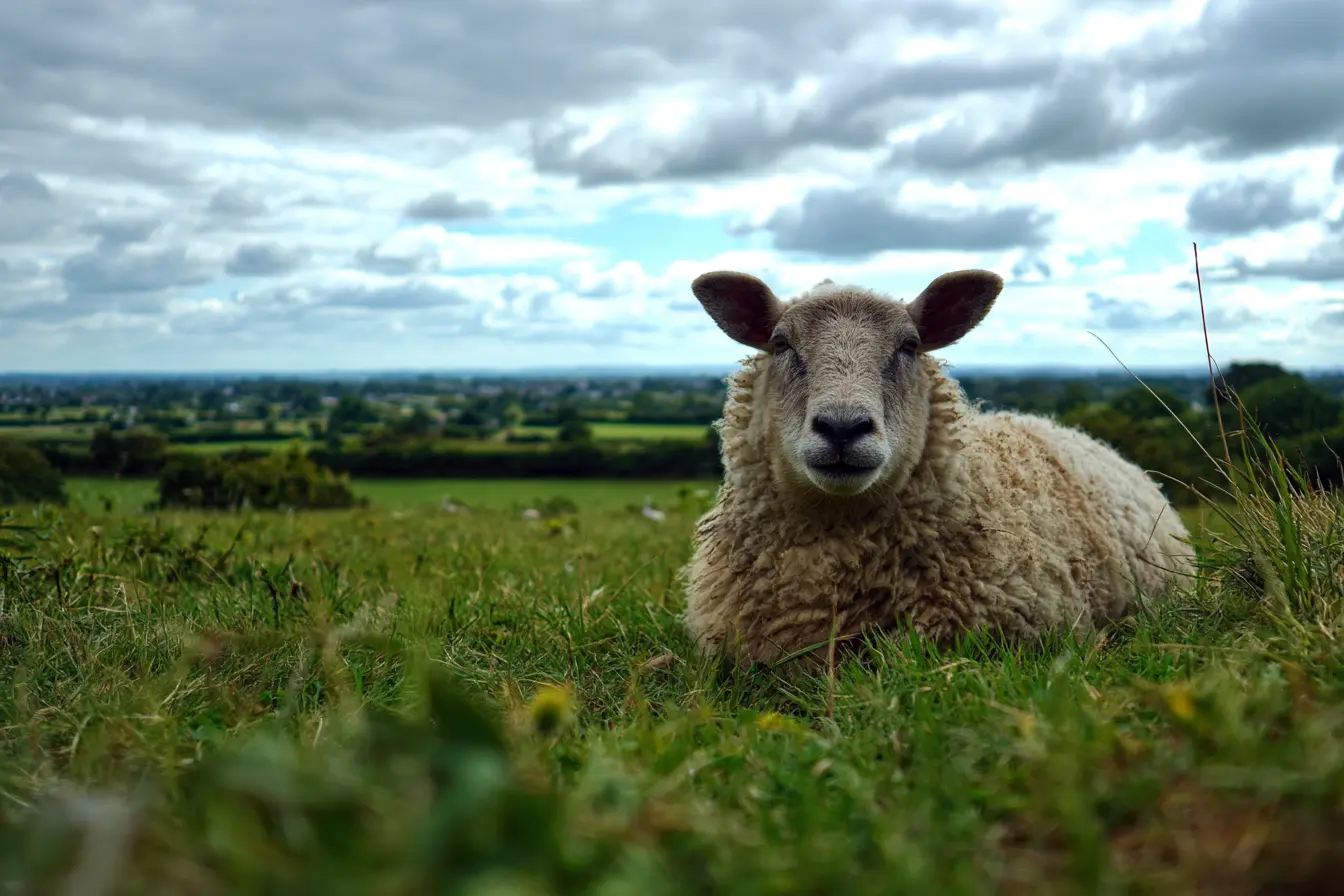
A Complete Guide to Braxy in Sheep
Braxy is a serious and often fatal clostridial disease of sheep, most commonly seen in colder climates. It is caused by Clostridium septicum, a spore-forming bacterium that produces powerful toxins after infecting the lining of the abomasum (the true stomach).
Although not as common as other clostridial diseases, such as pulpy kidney or tetanus, braxy can cause sudden deaths in flocks, particularly during winter months when sheep graze on frosted pastures. This guide explains everything sheep keepers in the UK need to know about braxy, including causes, symptoms, diagnosis, treatment, prevention, and its impact on welfare and productivity.
What is Braxy?
Braxy occurs when sheep ingest forage that has been damaged by frost, such as frozen grass, roots, or poor-quality silage. Frost-damaged feed can injure the lining of the abomasum, allowing Clostridium septicum spores, which are normally present in the environment and the gut, to invade the tissues.
Once inside, the bacteria multiply rapidly and produce toxins that cause:
- Severe inflammation of the stomach lining.
- Toxaemia (blood poisoning).
- Rapid death.
Because the disease progresses so quickly, affected animals are often found dead without warning.
Causes and Risk Factors
Sheep are most at risk of braxy under the following conditions:
- Frosted forage: grazing frozen grass, turnips, kale, or other crops.
- Poor-quality silage: feeding low-grade or spoiled silage.
- Winter feeding: the disease is most common in colder months when frosts are frequent.
- Unvaccinated flocks: animals not protected by clostridial vaccines are particularly vulnerable.
- Young adults: braxy most often affects younger sheep, but all ages can be affected if conditions are right.
Symptoms of Braxy
In most cases, sheep with braxy are found dead. However, if clinical signs are observed, they may include:
- Sudden loss of appetite.
- Abdominal pain (sheep may lie down and show discomfort).
- Depression and weakness.
- High fever.
- Sudden death within 12–36 hours of onset.
Because the disease develops so rapidly, treatment is rarely possible once signs appear.
Post-mortem findings usually reveal:
- Inflamed, darkened lining of the abomasum.
- Areas of haemorrhage and necrosis.
- Rapid decomposition of the carcass.
Diagnosis
Diagnosis is based on a combination of history, signs, and post-mortem findings.
- History: sudden deaths in young or growing sheep, especially during frosty weather.
- Signs: usually absent, or only short-lived before death.
- Post-mortem examination: inflamed and necrotic abomasum, sometimes with a foul smell.
- Laboratory confirmation: isolation of Clostridium septicum from tissues.
Treatment
Treatment of braxy is rarely possible due to the speed of progression. By the time symptoms are recognised, sheep usually die quickly.
In very early cases, high doses of antibiotics (such as penicillin) may help, but survival rates are extremely low.
Prevention
Vaccination
- The most effective method of prevention.
- Multi-valent clostridial vaccines (such as 5-in-1 or 8-in-1) protect against braxy alongside other clostridial diseases.
- Vaccination programme in the UK:
- Lambs: start at 6–12 weeks of age, with a second dose 4–6 weeks later.
- Adults: annual booster.
- Ewes: booster 4–6 weeks before lambing to provide colostral protection to lambs.
Grazing and Feeding Management
- Avoid grazing sheep on frosted pastures, particularly in the early morning.
- Withhold access to frozen root crops until they thaw.
- Do not feed poor-quality or spoiled silage.
- Provide alternative forage if frost damage is suspected.
General Husbandry
- Monitor sheep closely during high-risk periods (cold, frosty weather).
- Remove carcasses promptly to limit contamination of the environment.
- Keep records of sudden deaths and consult a vet if braxy is suspected.
Economic and Welfare Impact
- Welfare: Braxy causes rapid illness and death, making it a major welfare concern despite its relative rarity.
- Economic losses: Sudden deaths in young sheep reduce flock productivity and profitability. Losses are most significant in intensively grazed systems.
- Prevention vs cost: Vaccination and good feeding management are inexpensive compared to the potential losses caused by an outbreak.
When to Seek Veterinary Help
Contact a vet if:
- There are sudden unexplained deaths in your flock during frosty weather.
- Sheep appear depressed, weak, or in pain after grazing frozen forage.
- You need advice on clostridial vaccination programmes.
Conclusion
Braxy in sheep is a rare but devastating clostridial disease caused by Clostridium septicum. It is most often triggered by grazing frosted pasture or feeding poor-quality silage during winter. The disease causes sudden death, and treatment is almost never effective, making prevention through vaccination and careful management essential.
For sheep farmers in the UK, vaccinating against clostridial diseases, managing grazing during frosty weather, and maintaining good feeding practices are the best ways to protect flocks from braxy and ensure both welfare and productivity are safeguarded.
Vets near you
Speciality vets
- Aquatics vet specialists
- Birds vet specialists
- Camelids vet specialists
- Cats vet specialists
- Cattle vet specialists
- Deer vet specialists
- Dogs vet specialists
- Equines vet specialists
- Exotic vet specialists
- Goats vet specialists
- Pigs vet specialists
- Poultry vet specialists
- Sheep vet specialists
- Small Mammals vet specialists
- Wild vet specialists
